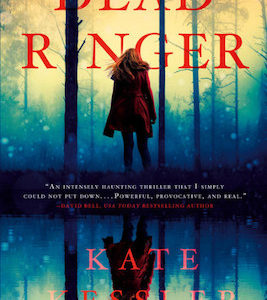As a physician, I am used to dealing with medical mysteries every day. Why is this patient dizzy? Where is the source of this new and perplexing pain? Why is the serum sodium so darn low?
In my author life, medical mysteries have far less consequences (I have no qualms about killing in books, but my day job is 1000% the opposite, obviously—I am a huge proponent of preventative medicine). In my most recent novel, The Impossible Girl, the murder mysteries were grounded in the annals of medical education—the procurement of cadavers for anatomical study. Grave robbing was a serious business, and the idea of killing the living for cadaver sales, a la Burke and Hare, were a real thing. With my adult historical mysteries, there is a good amount of historical research involved in medical, forensic, and toxicological areas.
So with this in mind, I’ve included some real life medical stories on my list of top Medical Mysteries that fascinated me to no end. After all, since truth can be stranger than fiction, we can all get our thriller chills from the pages of history, too.
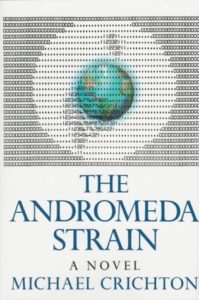
The Andromeda Strain, by Michael Crichton
This was the first Michael Crichton book I ever read, and I inhaled it while I was at New York University School of Medicine over twenty years ago. I believe Crichton wrote it when he was at Harvard Medical School, which made it all the more fascinating. I vividly remember the scene where he had used a form of epilepsy as a plot point. Fascinating. At that point, it didn’t occur to me that I could become a doctor and a writer, like Crichton. I guess it planted a seed! Or a virus…
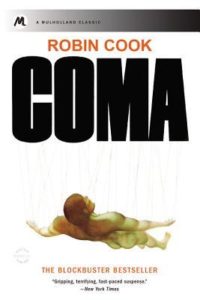
Coma, by Robin Cook
This was my first introduction to Robin Cook. I was a kid in the 1970s when the movie version came out and I had nightmares over the movie posters that showed bodies suspended by filament. The concept—harvesting bodes for organs—is not new, but some of the imagery in the book was creepily new and unforgettable. A classic medical thriller.
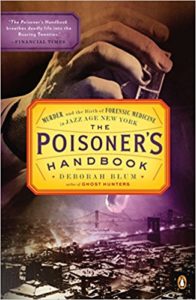
The Poisoner’s Handbook, by Deborah Blum
So, not a novel, but thrilling all the same. Blum’s book takes us into the world of poisonings in Jazz Age New York City and the emergence of modern forensic chemistry in New York’s first Office of the Chief Medical Examiner. The chapters are organized by poison, and each one has stories that are real and would make your toes curl upwards. It helped inspired my first historical murder mystery, A Beautiful Poison, in which Dr. Alexander Gettler—the very same first Chief Medical Examiner in 1918—even has a few cameos.
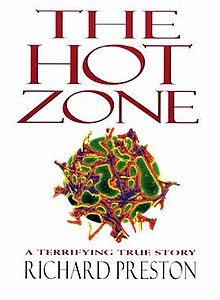
The Hot Zone, by Richard Preston
This is a nonfiction thriller, and I promise you will be hooked after the opening chapter that illustrated what might happen if a person infected with a viral hemorrhagic fever were to board a plane to the United States. I work at the University of Nebraska’s medical center, where our biocontainment unit teams took care of patients with Ebola several years back. I had no idea when I’d read this book so many years ago that I’d be close to a sort of hot zone myself. Unputdownable.
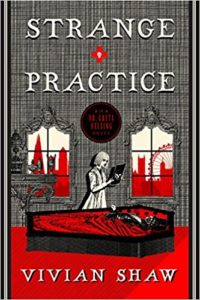
Strange Practice, by Vivian Shaw
Dr. Greta Helsing is a doctor to the very, very odd—banshees, vampires, and other not-so-human entities. When murders began to strike amongst those she would call her patients, the sleuthing begins. This was good fun for me, as it’s fascinating to consider how one might use one’s medical skills outside of humanity. I probably need a good veterinary thriller, so if you have one, I’m up for it.
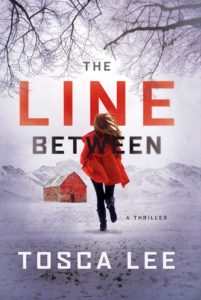
The Line Between, by Tosca Lee
This is releasing in January 2019, but I was lucky enough to read an advanced copy. If you stir together the screwed up world of apocalyptic cults and the idea that melting permafrost might release some terrible vector into a world where human immune systems can’t handle it—well, you have a certain level of literary chaos awaiting you. A gripping, and all-too-possible story.
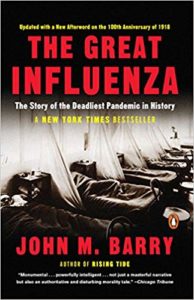
The Great Influenza, by John Barry
Another nonfiction! Okay, so this was was fascinating for two reasons. When you don’t know what the flu is, but it’s killing off more people than both world wars combined, how to you find out what the disease is, and how to prevent it? Especially when you don’t have the technology yet to find the answers easily? Twisted into this tale is also the emergence of why medical schools are the way that they are, which for me was truly eye-opening. If you shrug off the flu shot every year, you won’t after reading this. It’s the 100 year anniversary of the Spanish Influenza epidemic, so give this one a shot. This virus also shows up in my first mystery, A Beautiful Poison, because how could I not showcase such a successful murderer as this flu strain?
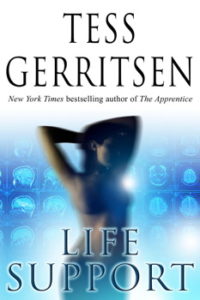
Life Support, by Tess Gerritsen
As you can see, I’m sort of taken by pandemics and epidemics, and this book entertains a fictional scenario with frightening detail. Gerritsen is a former physician, so I appreciated the detail and reality of her work. I love how her main character battles on so many fronts—the illness of a family member, her desire to care for patients, and the defense of her life work, and this unknown killer overshadowing everything.

The Immortal Life of Henrietta Lacks, by Rebecca Skloot
If you count living cells with DNA to mean that a person is still technically alive, well then—Henrietta lacks, who technically died in 1951—is still alive. In medical school, we learned of HeLa cells, an immortal line of cells used in research all over the world. We’d heard that the HeLa cell name came from a person, Helen Lane or Lacks some such, and we moved onto the the next bit of information to memorize. This book opens up that history with astonishing humanity, heartbreaking truth telling, and a gripping investigation into how HeLa cells transformed research and altered a family forever.
















